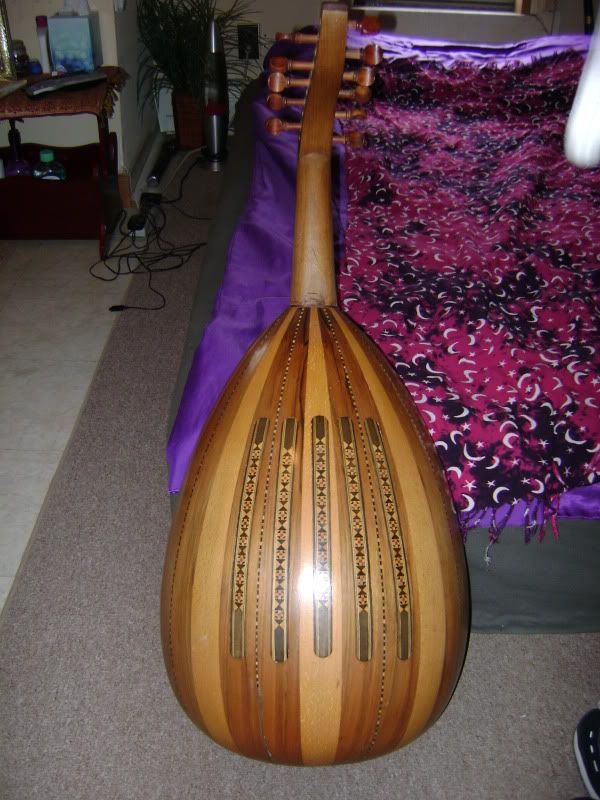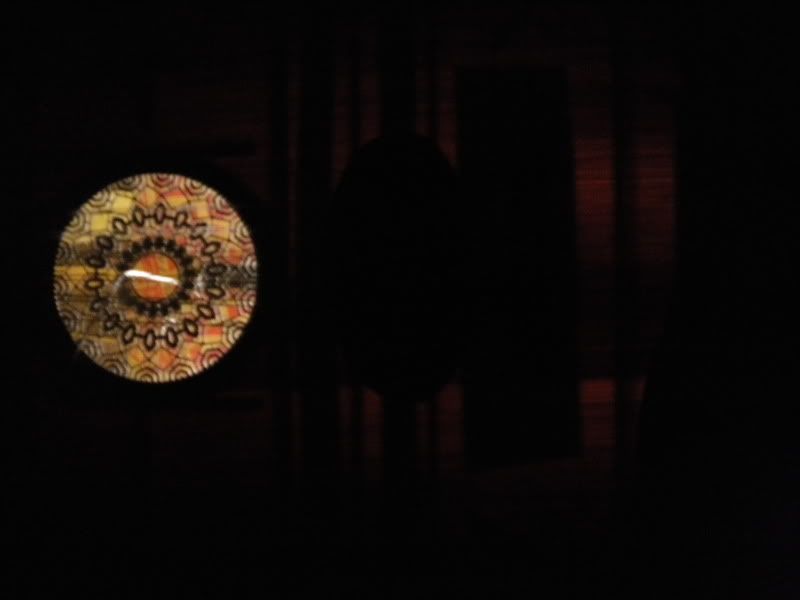This photo I found on this forum and saved it to my computer. I don't know from which thread its from, or what the purpose behind the paper pasted to
the belly is for, but I do find it interesting and possbily related to my oud. I couldn't search it by its file name "PaperFace.jpg" and I know of no
other way other than going through the pages of the forum one by one, viewing each thread individually (as I once did!). But it would be good to
verify this. Possbily someone out there will recognize this photo and shed some light on it. Maybe even from your old egyptian oud, jdowning?
[IMG]http://i49.photobucket.com/albums/f254/Bulerias81
/PaperFace.jpg[/IMG] |









